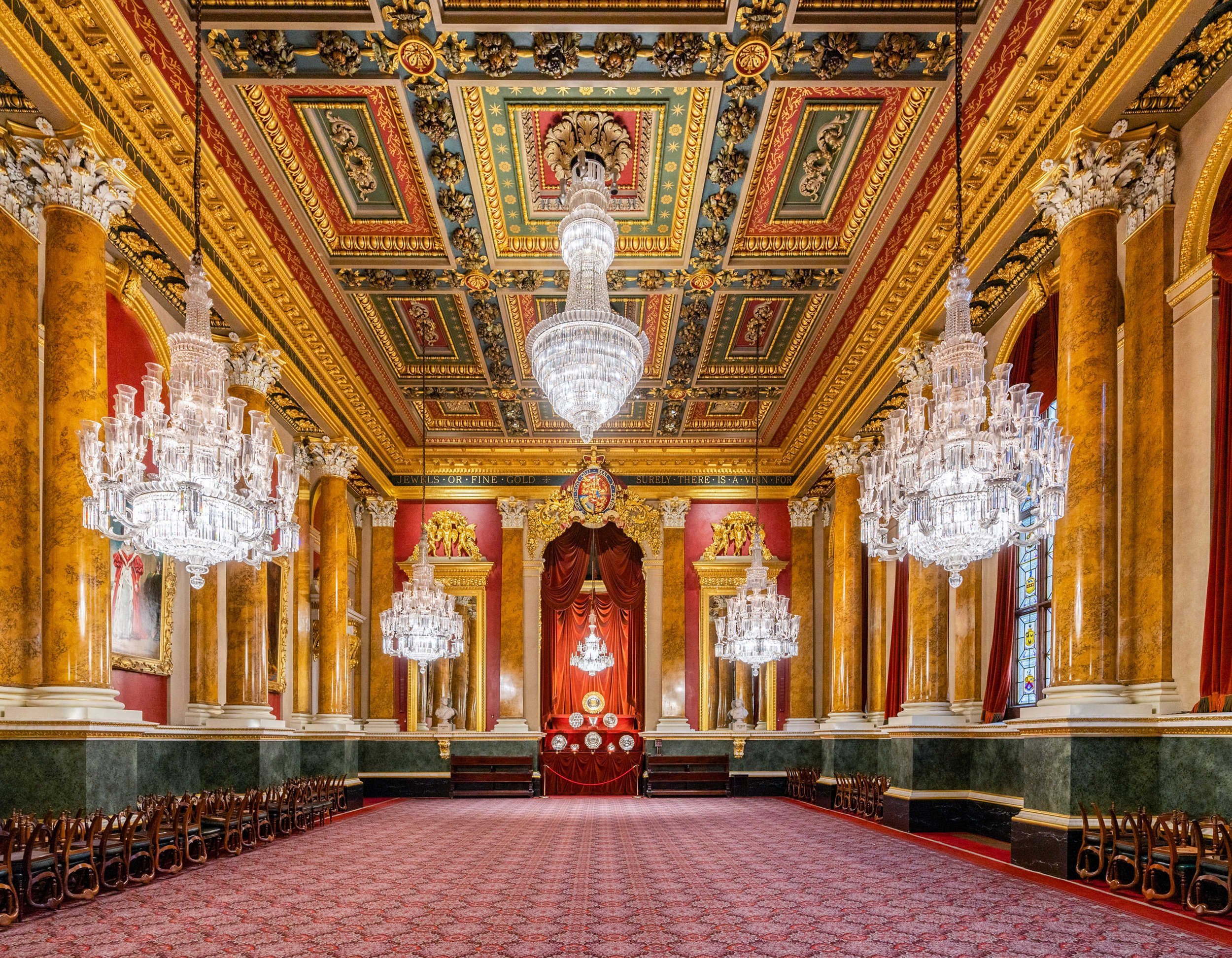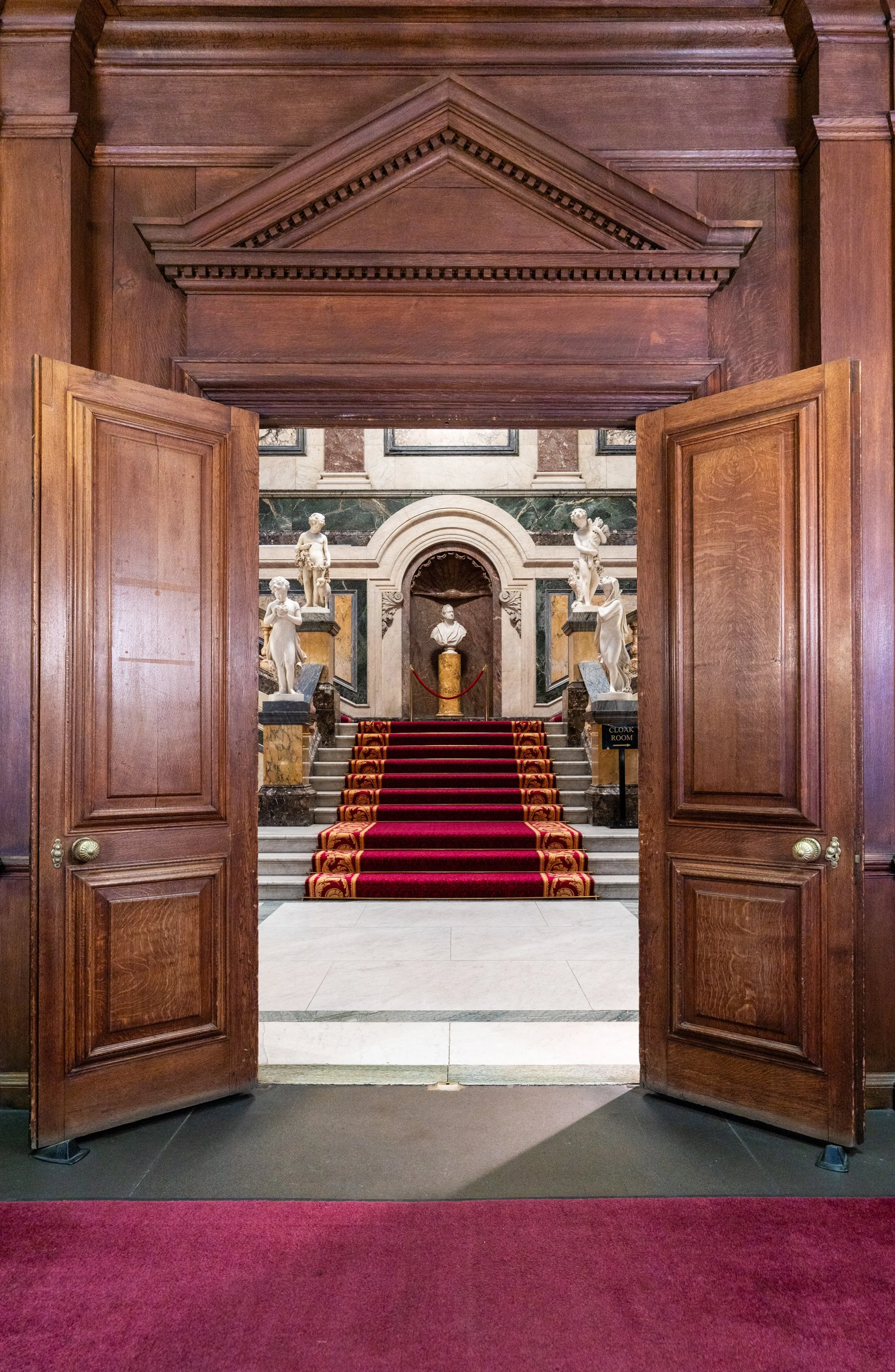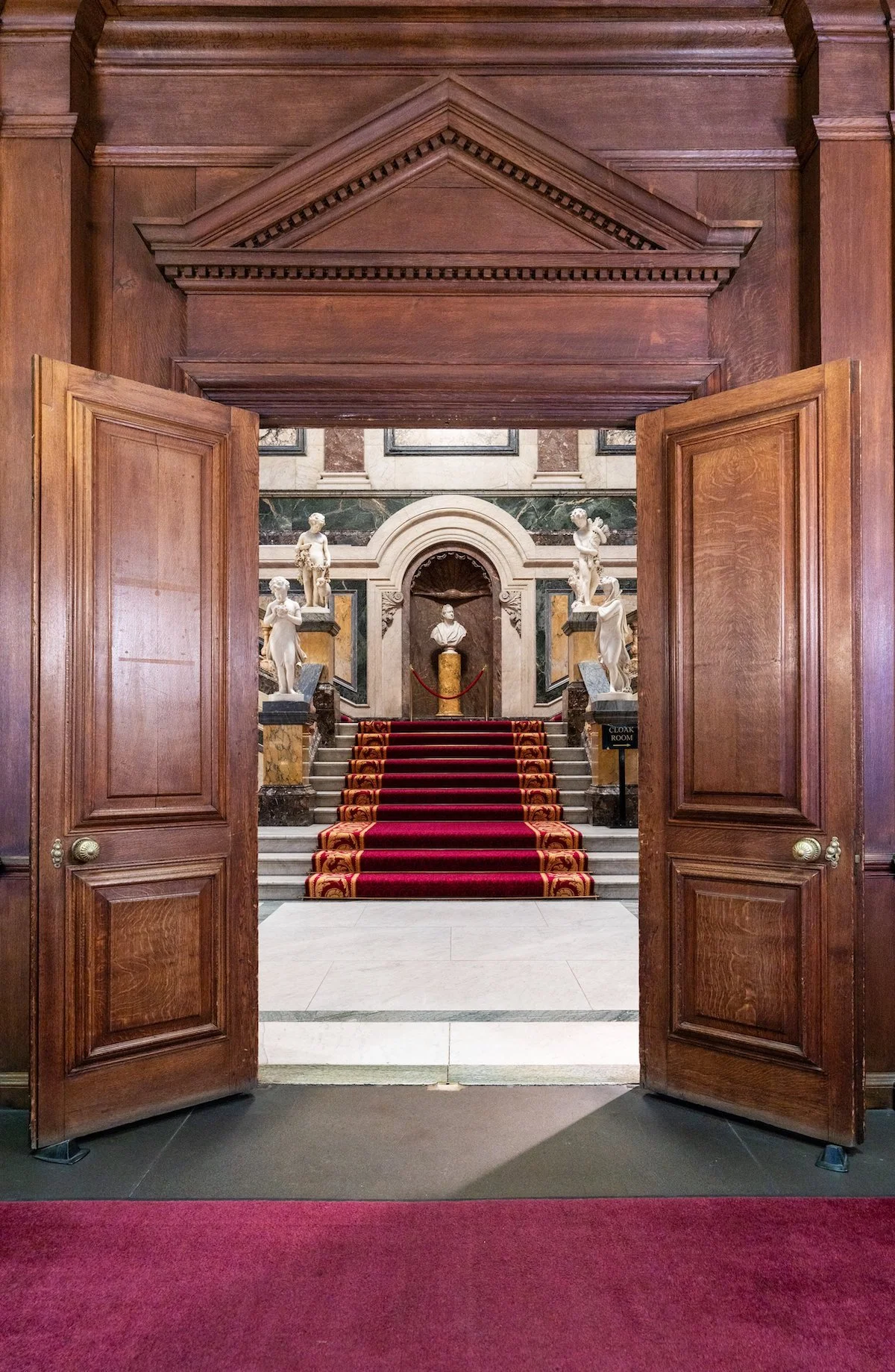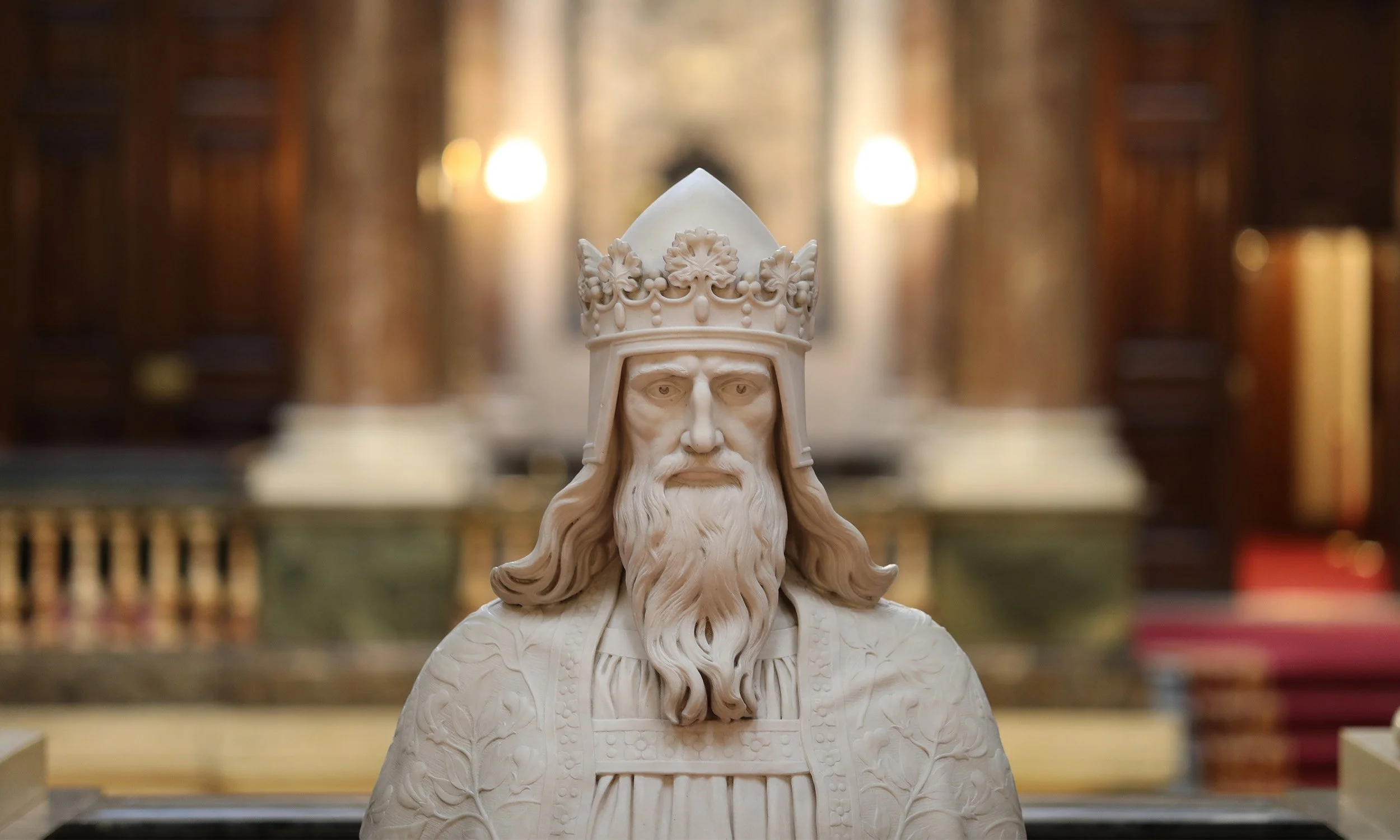
Goldsmiths’ Hall
Positioned at the junction of Foster Lane and Gresham Street in the City of London, is the third Goldsmiths’ Hall. Completed in 1835, and constructed on the site which has been home to the Goldsmiths’ Company since 1339.
Venue Hire
One of London’s hidden treasures, Goldsmiths’ Hall can be hired for private events, weddings, dinners, business receptions and as a filming location.
Designed by Philip Hardwick, the grand rooms of Goldsmiths’ Hall make the perfect backdrop for spectacular events and special occasions.
Whether you are seeking to host an intimate meeting or an opulent reception, our historic Grade I listed building offers adaptable spaces from 10 up to 300 guests.
Visiting the Hall
Over the last 190 years our Hall has played host to many splendid celebrations, fantastic dinners, informative lectures, spectacular exhibitions, fabulous fairs, exhilarating film shoots and an untold number of very important visitors, including actors, celebrities, politicians, members of the Royal Family, and now you!
In 2026, we are throwing open the doors of Goldsmiths’ Hall for four days of guided tours. Giving you the chance to experience the palatial grandeur of our grade one listed building on a 60-minute guided tour of its principal rooms with our Librarians and Archivists, and to see some of the treasures from our collection under the guidance of our Curators. A rare opportunity to step inside one of the City of London’s hidden treasures that is not regularly open to the public, on a site that has been home to the Goldsmiths’ Company for seven centuries!
Tickets are priced at £10 per person and limited to two per booking.
Proceeds will go towards ensuring more young people across the UK have free access to vital creative education, though Goldsmiths’ Giving, a charitable partnership between the Goldsmiths’ Company and the National Saturday Club.
Visit our What’s On page to see the dates and times for 2026, and sign up to our free newsletter to be notified when tickets go on sale.
Please note that we are unable to offer tours on additional dates or private group tours of the Hall.








